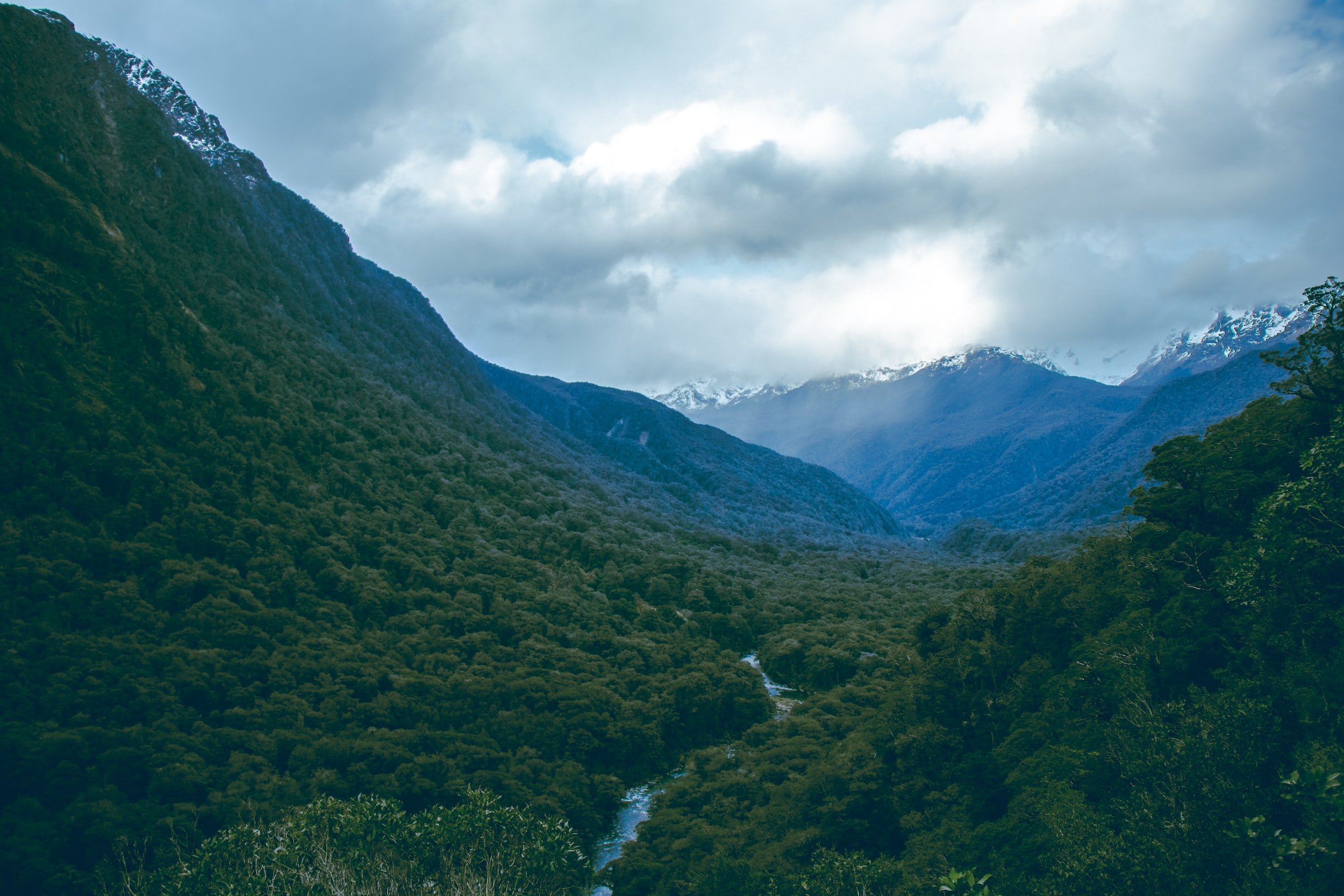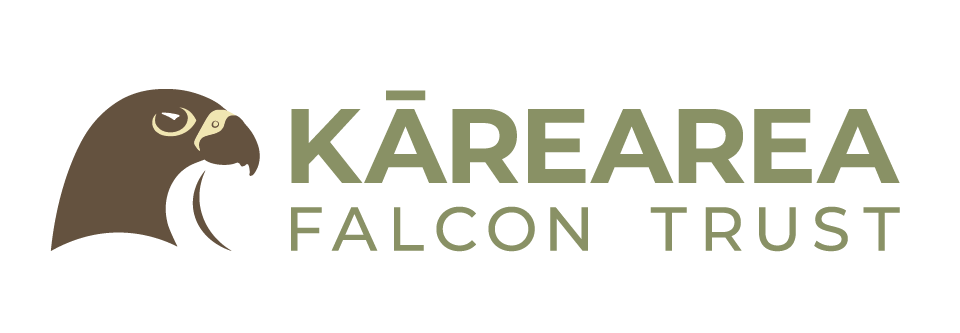
Kārearea population
One of 38 species of falcon worldwide, the New Zealand falcon is endemic to this country. It is estimated that the population is likely between 5000 - 8000. Therefore that makes them rarer than all species of Kiwi.
Kārearea in New Zealand Aotearoa
There are three ecological forms of falcons. The small dark ‘Bush’ falcons live in forests. They are found in the North Island, mainly south of Hamilton, and NW South Island as far south as Greymouth. Large paler 'Eastern' falcons live in open, dryer habitats east of the Southern Alps but extend from coast to coast in central South Island. ‘Southern' falcons are intermediate in size and colouration and live in Fiordland, Stewart Island and the Auckland Islands.
A common misconception about falcons is that they are solely ‘high country animals. This is not true, without persecution, introduced mammals, electrocution, and habitat destruction, falcons would be found all over New Zealand.
Breeding
Kārearea falcons breed in the Spring and Summer. Clutch size 1-4. Incubation is generally shared, but the male does most of the hunting, but brooding is predominantly done by the female.
Kārearea falcons almost always nest on the ground. They create a ‘scrape’ on the ground, usually in the depression underneath a large boulder or under a fallen tree, to shelter them from the elements and to protect them from any aerial attacks. While it may seem counterintuitive to make a nest on the ground, we must remember that falcons evolved with other birds of prey (such as the Haast Eagle) as their main predators, so nesting on the ground provided more protection from above than nesting in a tree would have.
-
They lay between one and four eggs each year. Average clutches are normally 1 or 4eggs.
-
Eggs typically hatch after 31 days, with the chicks leaving the nest about a month later. In this time, their parents feed them around ten times per day. When chicks are born, they depend on their parents for food, warmth and shelter. They can’t even see.
-
They are born with a fine down that helps to keep them warm. Once they reach about 12 days of age they develop a thick grey down which helps keep them warm so mum can help dad hunt for more food. By the time they are 35 days old, chicks are fully grown and have developed most of their flight feathers.
Males vs Females
The males and females are different. The female is close to
one-third larger than the male: Female falcons weigh around 500 grams and are approximately the size of a magpie; Male falcons weigh about 350 grams and are approximately the size of a domestic pigeon.
Hunting
The New Zealand kārearea falcon is capable of flying at speeds over 100 km/h, and can catch prey larger than itself. They are extremely fast when diving in a high-speed attack dive called a ‘stoop’.
They hunt live prey, mainly by watching from a vantage point, making a fast direct flying attack, and striking or grasping the prey with their sharp talons. They kill their prey with a quick, powerful bite to the neck.
Their diet includes a range of animals, including insects, small mammals, and lizards, but consists mainly of birds.
-
They have been clocked at speeds exceeding 200 kph when in a stoop. That's twice the New Zealand legal driving limit.
-
Kārearea Falcons have eyesight eight times better than humans, but unfortunately their night vision is not good which makes them an easy target for wild cats, stoats and ferrets.
Threats
Human Impacts, Loss of habitat and Predation
Since the arrival of the first humans in New Zealand, the landscape has changed dramatically. Habitat change and the introduction of land-dwelling mammals have caused major ecosystem shifts. People have brought rats, hedgehogs, stoats, ferrets and cats to New Zealand, all of which hunt using their sense of smell their nocturnal vision and hunt from the ground. Many of New Zealand’s unique birds have become extinct since humans first brought land-based predators to this landscape, and many others balance on the brink of extinction because of the continual pressure from these pests. Species like the nationally threatened kārearea falcon have their nests predated so often that very few juvenile falcons leave their nests. Even adults keeping eggs or chicks warm are sometimes killed by larger species, such as feral cats.
NZ falcons and other birds of prey around the world often perch on an object before sweeping down to catch prey. The object may be a tree, a power pole, or other power fittings such as a transformer. If these fittings are not insulated, the falcon may get electrocuted, mainly as they spread their wings to begin an attack.
Fortunately, power companies such as Marlborough Lines Ltd are insulating their fittings when they do maintenance on the lines. As well as having a programme to insulate all fittings in rural areas of Marlborough Lines Ltd sponsor the Kārearea Falcons in Marlborough Schools programme.
Recently a new threat to New Zealand falcons has emerged in the form of wind farms. High mortality rates have been reported for some birds of prey at several overseas wind farms due to collisions with the rotating turbine blades. The construction of wind farms in New Zealand falcon habitat may expose it to similar risks.

Found an injured kārearea falcon & need help?
What do you do?
For yours’ and the bird's sake, keep handling to a bare minimum. Injured Kārearea Falcons should be placed in a cardboard box or cat-box as soon as possible. Place an old towel or T-shirt in the box to keep the falcon secure. Keep the inside of the box dark while maintaining plenty of airflow. Keep the bird out of direct sunlight. The bird will be highly stressed and will want to defend itself, especially with its talons – excessive handling can hurt both you and the bird. Letting the bird grab hold of an old towel with its feet, then wrapping the bird's wings in the towel to pick it up and put it in the box, can be an effective way of ensuring the feet are kept out of harm's way. Use both hands when picking a bird up and, if possible, get someone to help you put it safely into the box.
Once secured in a suitable box, take the injured bird to your local DOC office immediately.
-
Ring the DOC emergency hotline 0800 DOC HOT (0800 362 468)
-
027 632 5266
manager@kareareafalcon.org
-
07 357 4469
wingspan.nz@gmail.com




